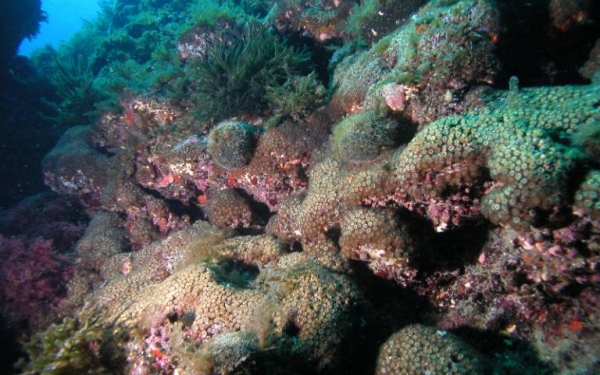The study, published in the journal Science of the Total Environment, identified carbon particles emitted by burning fossil fuels embedded in the corals of Illa Grossa Bay, off the Columbretes Islands in the Mediterranean Sea.
The study, published in the journal Science of the Total Environment, identified carbon particles emitted by burning fossil fuels embedded in the corals of Illa Grossa Bay, off the Columbretes Islands in the Mediterranean Sea. Finding this type of pollution – known as fly-ash or spheroidal carbonaceous particles (SCPs) – contaminating natural deposits is seen as an indicator of the presence of human influence on the environment, and an historical marker of the beginning of the proposed Anthropocene epoch.
Corals are a commonly used natural archive for paleoclimate studies because of their measurable growth rates. Akin to tree rings, their long life and slow and regular growth can provide scientists with annual, monthly or even weekly, environmental data going back years. Up to now, they’ve largely been used to gauge past climatic conditions like water temperatures and chemistries, but this is the first time that pollutant particles – other than microplastics – have been recovered from corals.
Lead author, Dr Lucy Roberts (UCL Geography), said: “The discovery of these pollutants embedded in coral skeletons extend over decades and paint a clear picture of how extensive human influence is on the environment. It’s the first time we’ve been able to see this kind of contaminant in corals, and its appearance in these deposits parallel the historic rate of fossil fuel combustion in the region.”
Read more at: University College London
The coral species, Cladocora caespitosa on the seafloor of Illa Grossa Bay, off the Columbretes Islands in the Mediterranean Sea. (Photo Credit: Diego K. Kersting)




